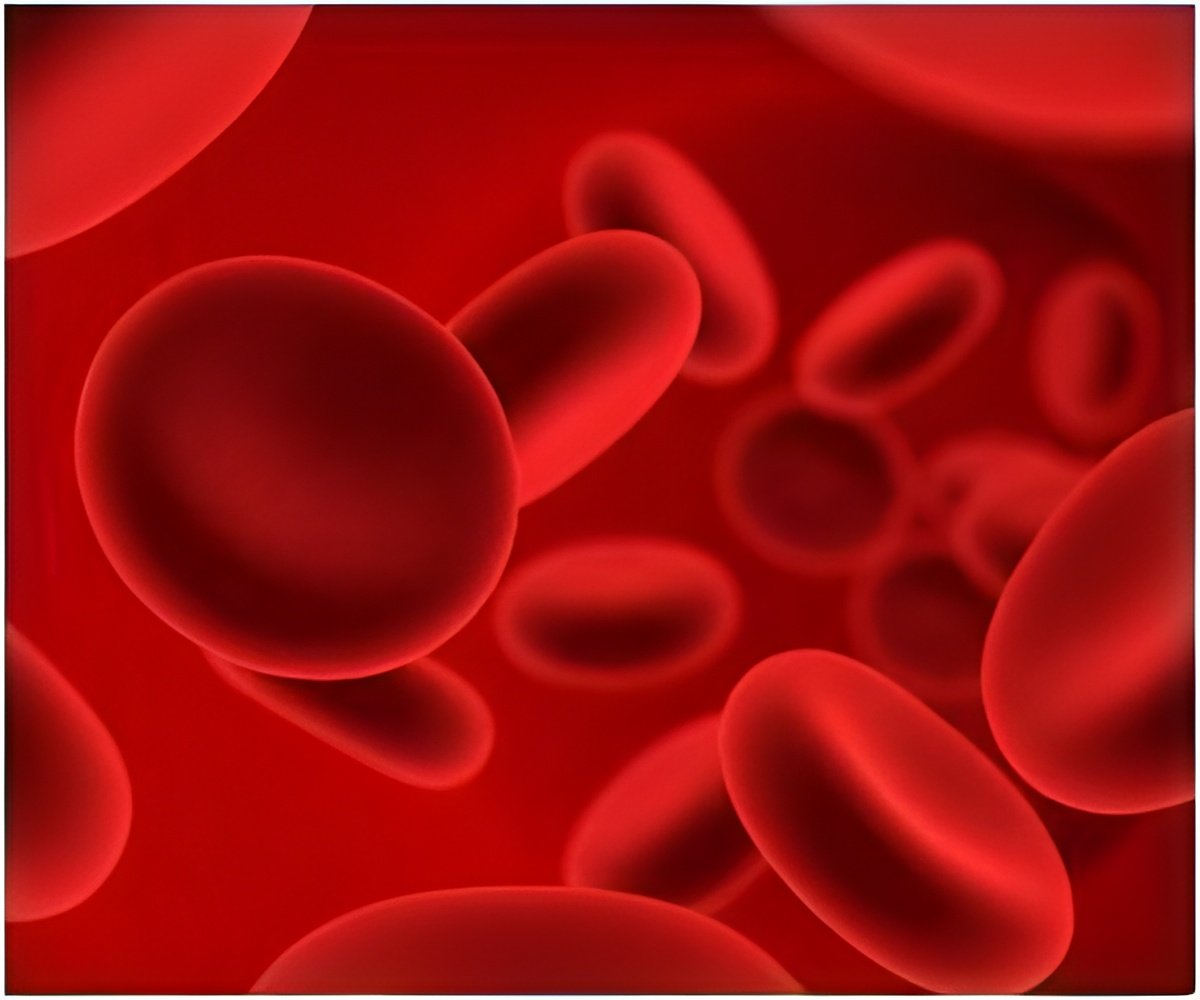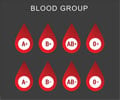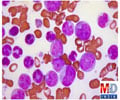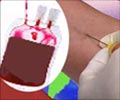Genetically and enzymatically modified red blood cells used to carry a range of products like drugs, vaccines and imaging agents for delivery to specific sites in the body, have been created.

The work, published this week in the Proceedings of the National Academy of Sciences (PNAS), combines Lodish's expertise in the biology of red blood cells (RBCs) with biochemical methods developed in Ploegh's lab.
RBCs are an attractive vehicle for potential therapeutic applications for a variety of reasons, including their abundance—they are more numerous than any other cell type in the body—and their long lifespan (up to 120 days in circulation). Perhaps most importantly, during RBC production, the progenitor cells that eventually mature to become RBCs jettison their nuclei and all DNA therein. Without a nucleus, a mature RBC lacks any genetic material or any signs of earlier genetic manipulation that could result in tumor formation or other adverse effects.
Exploiting this characteristic, Lodish and his lab introduced genes coding for specific slightly modified normal red cell surface proteins into early-stage RBC progenitors. As the RBCs approach maturity and enucleate, the proteins remain on the cell surface, where they are modified by Ploegh's protein-labeling technique. Referred to as "sortagging," the approach relies on the bacterial enzyme sortase A to establish a strong chemical bond between the surface protein and a substance of choice, be it a small-molecule therapeutic or an antibody capable of binding a toxin. The modifications leave the cells and their surfaces unharmed.
"Because the modified human red blood cells can circulate in the body for up to four months, one could envision a scenario in which the cells are used to introduce antibodies that neutralize a toxin," says Ploegh. "The result would be long-lasting reserves of antitoxin antibodies."
The approach has captured the attention of the U.S. military and its Defense Advanced Research Projects Agency (DARPA), which is supporting the research at Whitehead in the interest of developing treatments or vaccines effective against biological weapons.
Advertisement
Source-Eurekalert












